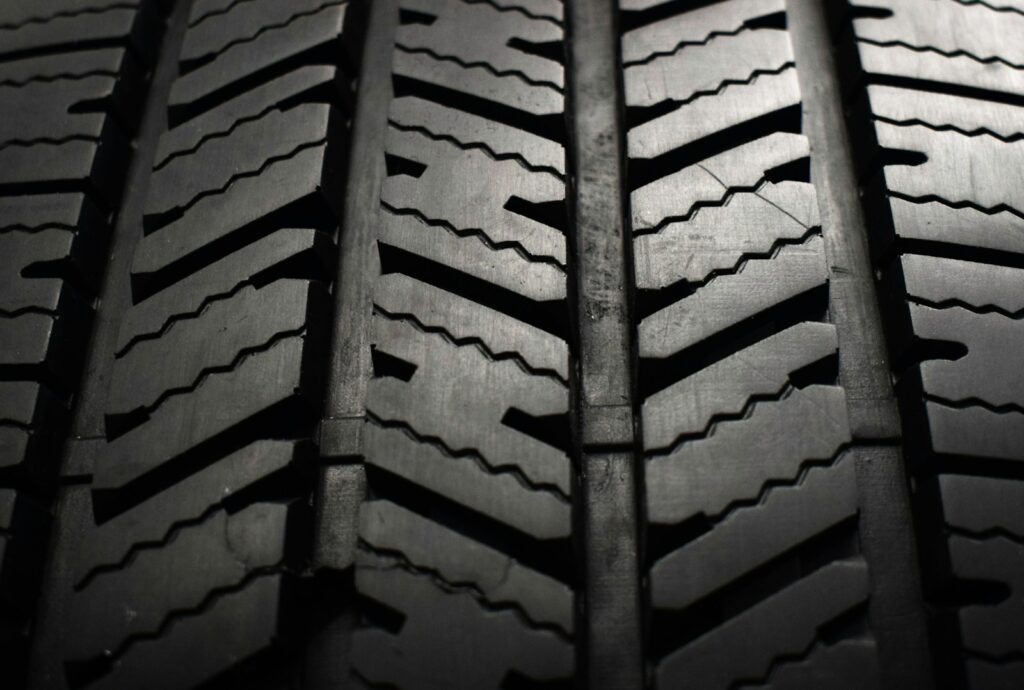Every driver knows that sinking feeling when you spot a nail or notice uneven wear. Your tires are critical for safety, performance, and fuel efficiency. Vulnerable to damage, premature failure is a costly and frustrating experience for any car owner.
Most new tire purchases come with a warranty—a safety net for your investment. However, these warranties are rarely straightforward. They involve specific coverages, stringent maintenance, and subtle exclusions that can leave drivers confused. Understanding these intricacies is crucial for informed decisions and peace of mind.
To truly get the most out of your tire purchase, you need the right questions. We’ll guide you through the 15 most important queries. By delving into them, you’ll understand what’s covered, what’s excluded, and how to proactively leverage your benefits. Let’s become tire warranty experts.
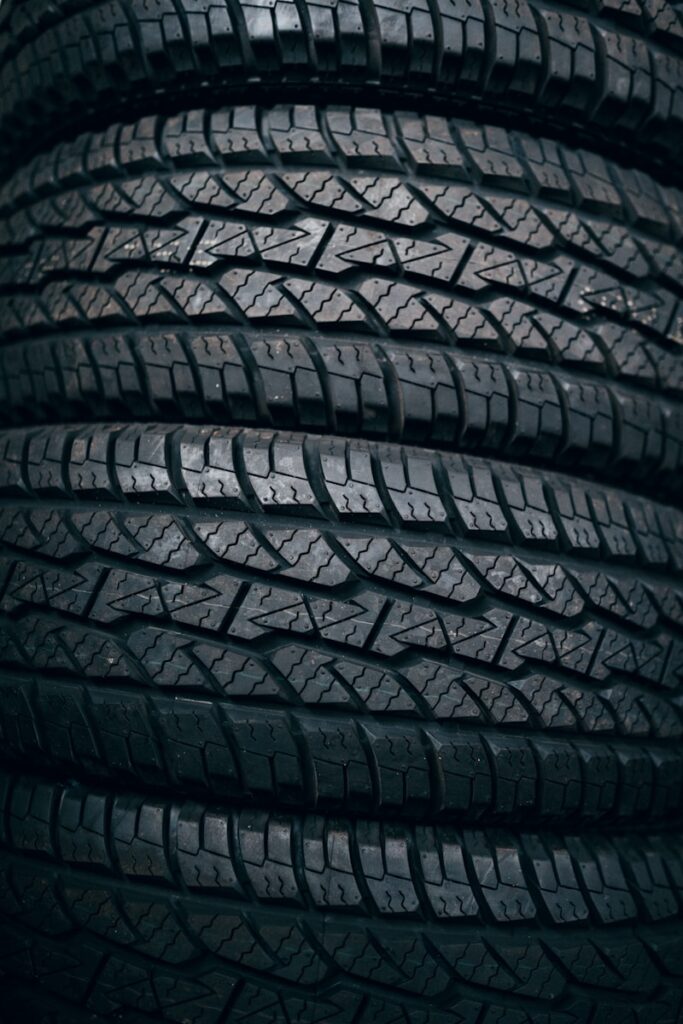
1. **What Types of Tire Warranties Are There, and What Do They Cover Generally?**Tire warranties aren’t a single policy, but rather key categories. Each addresses specific driver concerns. Understanding these fundamental types is the first step toward deciphering your protection. The three most common forms are tread life, workmanship and materials, and road hazard warranties.
The tread life warranty focuses on a tire’s expected lifespan, usually tied to mileage. If wear occurs prematurely, you might get a credit. The workmanship and materials warranty safeguards against manufacturing defects in design or construction. This covers issues stemming directly from production.
Finally, the road hazard warranty is often optional, shielding against unforeseen obstacles like nails or potholes. Beyond these, distinguish manufacturer warranties (standardized, nationwide) from retailer warranties (perks, but typically store-specific). Identifying these categories helps pinpoint your coverage.

2. **What is a Tread Life Warranty, and How Does its Prorated System Work?**The tread life warranty is widely recognized, based fundamentally on mileage. A manufacturer might state ‘covered for 80,000 kilometers’ or miles. This assures that if tires wear out prematurely—before that stated mileage under normal conditions—you may be eligible for some compensation.
If tread wears to the legal limit (2/32nds inch) before guaranteed mileage, the warranty often kicks in through a ‘prorated adjustment.’ You won’t get a full refund. Instead, a credit is calculated based on tread life used versus total mileage. For example, an 80,000-mile tire at 40,000 miles might yield 50% credit, often excluding labor and installation.
To qualify for this prorated credit, documented proof of recommended maintenance, especially regular tire rotations, is crucial. Without these records, claims can be denied. Critically, some specialty designs, like winter and high-performance tires, often do not carry a mileage warranty due to rapid compound deterioration. Verification is vital before purchase.

3. **What Does a Workmanship and Materials Warranty Protect Against, and How is it Evaluated?**Beyond natural wear and tear, tires can suffer from manufacturing issues. The workmanship and materials warranty is your crucial line of defense here. It protects against defects in the tire’s design, construction, or raw materials. If a tire fails due to an inherent flaw rather than external damage or improper use, this warranty addresses it directly.
Specific problems under this umbrella include alarming issues such as sidewall bubbles, indicating internal structural damage, or tire separation, where layers of the tire detach. Irregular wear patterns demonstrably caused by manufacturing inconsistencies, not alignment or inflation, are also covered. Other significant defects, like severe cracking in the sidewall or the loss of a block of tread not due to impact or misuse, clearly indicate a manufacturing flaw.
While the concept is straightforward, making a claim often requires an inspection by the manufacturer or an authorized dealer. This inspection is critical for evaluating whether the issue truly stems from a defect or another cause. If a manufacturing failure is evident within the first 2/32nds of an inch of tread, most manufacturers typically replace the tire for free. After this initial wear, compensation usually shifts to a prorated amount, similar to tread life adjustments.

4. **Should I Invest in a Road Hazard Warranty, and What Specific Damages Does it Cover?**Driving on today’s roads can be a minefield of unexpected debris and hazards, from lurking potholes to stray nails and screws. While not always standard, a road hazard warranty is an optional form of protection that specifically addresses damage caused by these unforeseen events. It’s essentially an insurance policy for your tires, offering peace of mind against the frustrating and often costly consequences of accidental damage not due to manufacturing defects or normal wear.
This type of warranty typically covers punctures, cuts, and impact breaks resulting from objects on the road. If the damage is repairable, the warranty often covers the repair cost for its duration. However, if the tire cannot be safely repaired due to the damage’s size or location, the company will usually prorate the remaining mileage toward a new tire. This can significantly offset the cost of an unexpected replacement, which can otherwise be a substantial expense.
Road hazard warranties are predominantly offered by tire retailers, with prices varying, averaging $10 to $20 per tire. Some manufacturers, like Continental and Kumho, also offer them, though these might be limited to about a year of coverage. Deciding whether to invest requires personal assessment: Do you frequently drive in areas with poor road conditions or debris? Have you experienced multiple punctures? For drivers who value avoiding unexpected expenses, the additional outlay can be worthwhile.
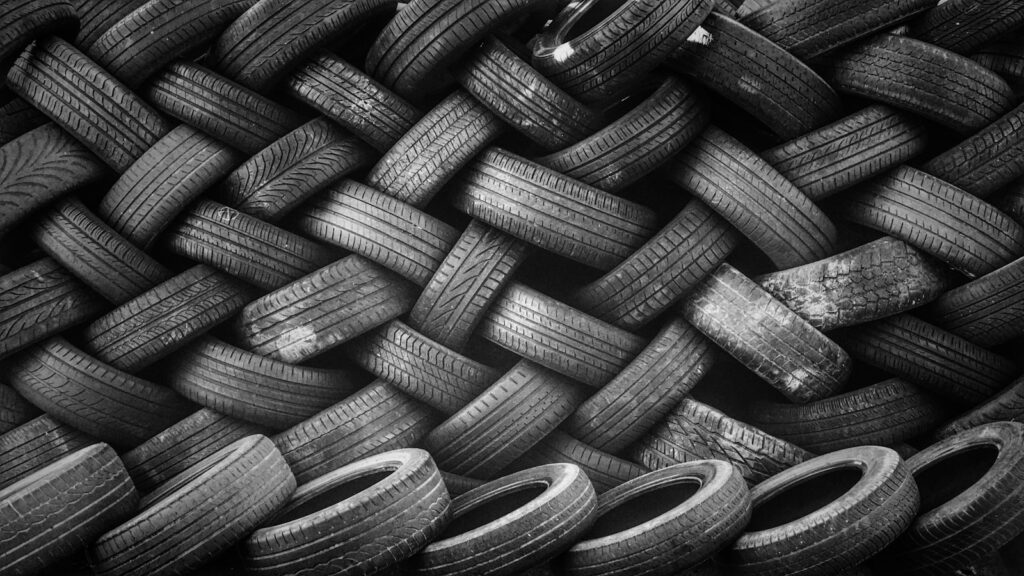
5. **What is a Manufacturer’s Special Warranty, and What Unique Benefits Might It Offer?**Beyond the standard categories, some forward-thinking manufacturers offer ‘special warranties’ that provide unique benefits designed to enhance customer satisfaction and peace of mind. These are often promotional trial periods or comprehensive service plans that go above and beyond basic defect coverage. They reflect a manufacturer’s confidence in their product and commitment to customer support, which can be a deciding factor for many buyers.
A common form of special warranty is the 30-day promotional trial. This invaluable period allows you to try out your newly purchased tires and determine if they are truly the right fit for your vehicle and driving style. If, for any reason, you’re not completely satisfied within this timeframe, many manufacturers will allow a full refund or credit toward a different set. Brands like Bridgestone, General Tire, Michelin, and Yokohama often offer these trial programs, mitigating purchase risk.
Some special warranties extend even further into practical roadside assistance. Michelin’s ‘Michelin Promise Plan,’ for example, launched in 2011, includes a 60-day satisfaction guarantee, a limited mileage warranty, and a standout feature: flat-tire changing assistance. If you experience a flat and are unable or unwilling to change it yourself, a toll-free call can dispatch roadside assistance to install your spare free of charge. If you lack a spare, Michelin will arrange a tow to an approved repair center, often up to 150 miles. Such programs significantly elevate the value of a tire purchase.
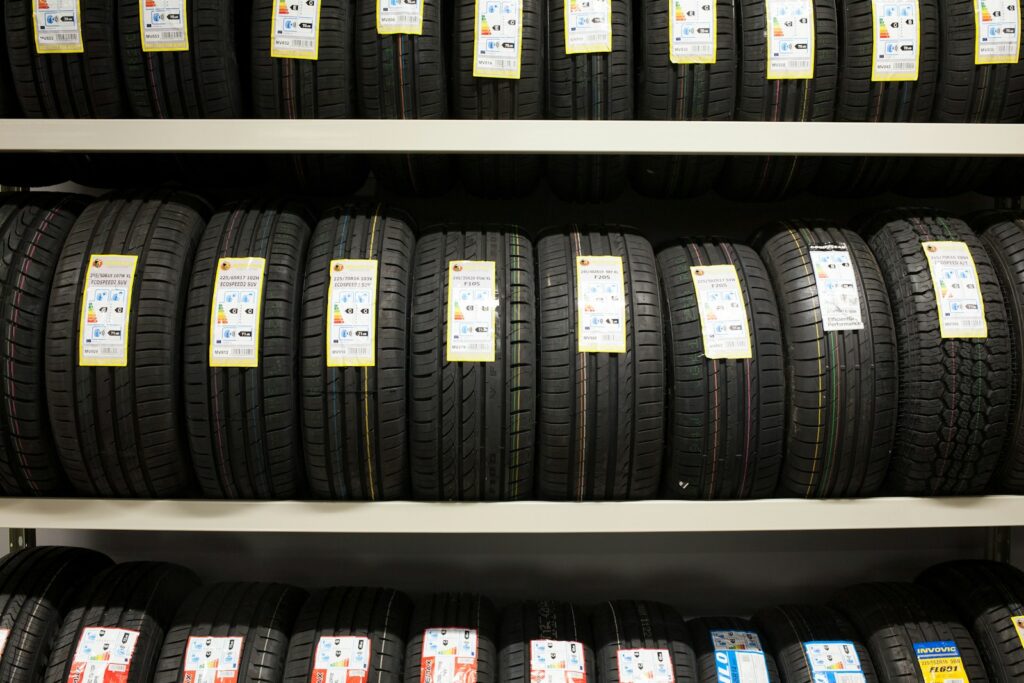
6. **How Do Manufacturer and Retailer Warranties Differ, and Which One is Right for Me?**When purchasing new tires, you might find yourself navigating two distinct types of warranties: those offered directly by the tire manufacturer and those provided by the retailer where you made your purchase. Understanding the fundamental differences between these two can significantly influence the overall value and convenience you derive from your tire investment. Each type has its own strengths and limitations, catering to different driver needs.
Manufacturer warranties are generally more standardized, focusing on issues related to the tire’s design, construction, or materials. A key advantage is their nationwide validity; you can typically have them honored and serviced at any authorized dealer for that brand, regardless of where you originally bought the tires. This broad applicability provides consistency and accessibility, particularly beneficial if you travel frequently or anticipate moving, forming the backbone of protection against inherent product flaws.
Retailer warranties, conversely, often enhance the manufacturer’s coverage, frequently including additional perks not directly offered by the tire maker. These can encompass valuable services such as road hazard protection, free tire rotations, or complimentary flat repairs. However, their primary drawback is localized validity: they are typically only valid at the specific retailer or their chain of stores. If you travel long distances, move, or prefer flexibility in servicing, this limitation might diminish its value, requiring careful consideration essential.
7. **What Exactly Voids My Tire Warranty, and How Can I Avoid These Pitfalls?**A tire warranty is a valuable asset, but it comes with a crucial caveat: it can be voided if certain conditions aren’t met or if specific actions are taken. Just like a car’s overall warranty, tire manufacturers expect you to do your part in maintaining the product to their standards. Understanding these ‘warranty killers’ is paramount to ensuring your coverage remains intact when you actually need it, preventing the frustration of a denied claim.
The single biggest culprit for voiding a tire warranty is improper maintenance and, critically, the lack of documented proof. Without receipts for consistent inflation, rotations (every 5,000 miles), and alignment checks, your claim will likely be denied. These are non-negotiable requirements for valid coverage.
Beyond maintenance, severe misuse or damage is explicitly excluded. This includes accidents, vandalism, or intentional misuse like driving with underinflated tires. Racing, extensive off-roading, or damage from snow chains are also typical exclusions that will void your warranty. Follow care guidelines, keep meticulous records, and respect your tires as vital safety components.
Navigating the world of tire warranties requires more than just knowing what’s covered; it demands a deeper understanding of the nuances, from common misunderstandings to the practicalities of making a claim. As we continue our journey, we’ll peel back the layers on eight more critical questions. These insights will empower you to fully leverage your warranty, understand its true value, and make the most informed decisions for your vehicle’s ongoing performance and safety.

8. **What Are the Common Misconceptions About Tire Warranties That Drivers Should Be Aware Of?**Many drivers hold a perception that a tire warranty is an ironclad guarantee, ensuring free replacements no matter what circumstances arise. This belief, however, is a significant misconception. In reality, these warranties are highly conditional, with specific stipulations that must be met for coverage to apply. Events such as hitting a curb, driving with improper inflation, or simply neglecting regular maintenance are all situations that will typically void your tire warranty, leaving you responsible for the full cost of repair or replacement.
Another common misunderstanding revolves around the idea that a longer warranty mileage inherently signifies a superior, more durable tire. While a higher mileage warranty can certainly suggest a tire’s expected longevity and quality, it is not an absolute guarantee of performance or durability in all driving conditions. A tire’s actual lifespan is profoundly influenced by various external factors, including individual driving habits, the local climate, and the specific conditions of the roads you frequently travel.
Furthermore, many drivers are unaware that not all tire warranties are transferable. This means that if you decide to sell your car, the existing tire warranty may not transfer to the new owner, effectively ending with you. This lack of transferability can impact the resale value of your vehicle or the perceived value of your tire investment for a subsequent buyer, making it an important detail to confirm before making a purchase.
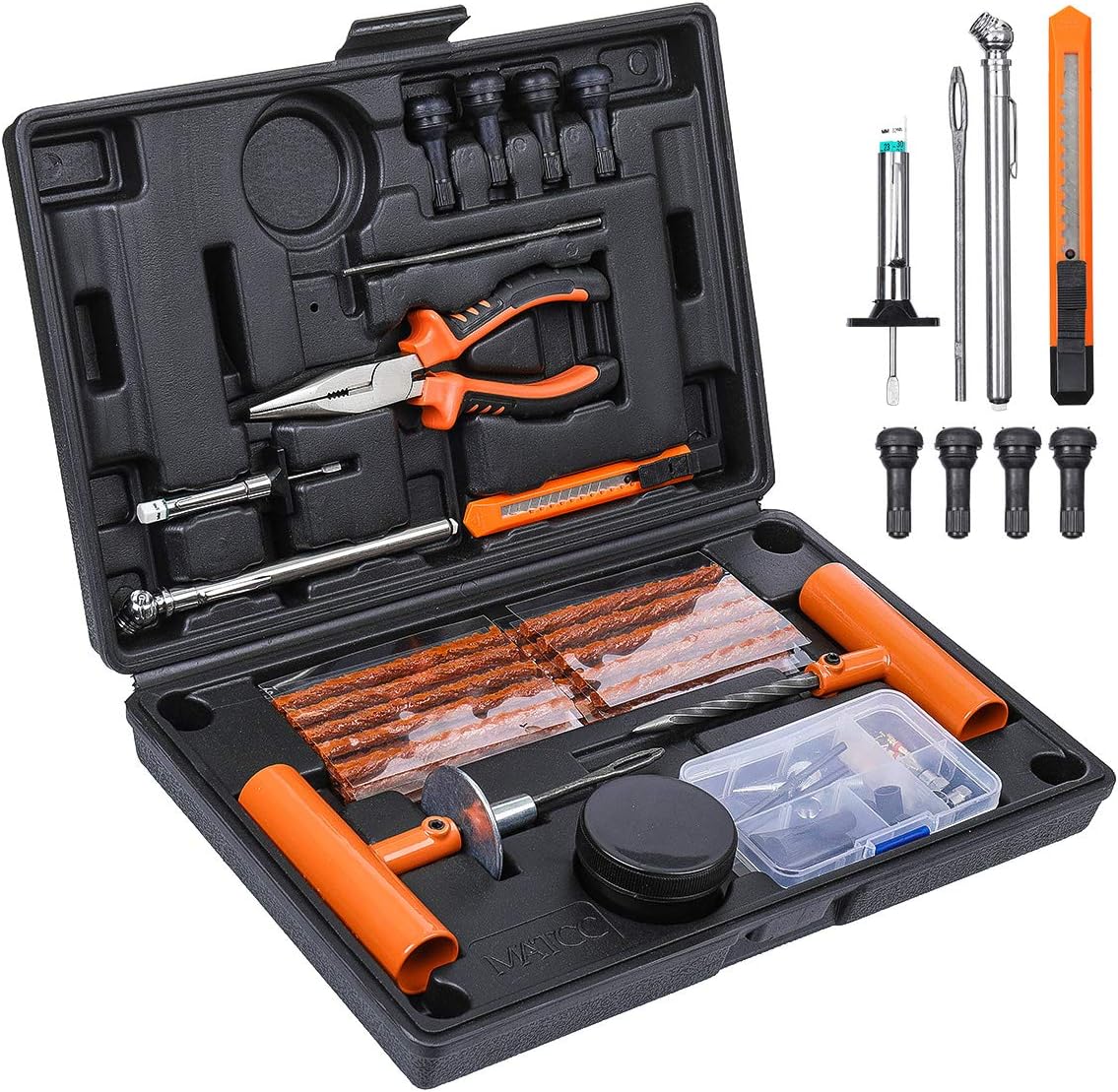
9. **What Specific Maintenance Requirements Must I Meet to Keep My Tire Warranty Valid, and Why Are Records So Important?**
Maintaining the validity of your tire warranty hinges significantly on your commitment to specific, regular maintenance practices. Manufacturers meticulously outline these requirements because proper tire care directly impacts their longevity and performance, and without adherence, they cannot guarantee the product. The most critical requirements typically include consistently inflating your tires to the recommended pressure, performing tire rotations at regular intervals (often every 5,000 miles), and ensuring your wheel alignment is periodically checked and corrected.
The importance of keeping meticulous, documented proof of this maintenance cannot be overstated. Without receipts or records from your service provider confirming these essential services, your warranty claim will almost certainly be denied. This documentation serves as undeniable evidence that you have fulfilled your end of the warranty agreement, demonstrating due diligence in maintaining the tires to the manufacturer’s standards. These records become your primary defense should you ever need to file a claim.
Beyond the formal documentation, it’s also about proactive care. Inspecting your tires periodically for any signs of uneven wear, bumps, or inconsistencies can help you catch potential issues early. Addressing these problems promptly can prevent further damage and strengthen your position if a warranty claim becomes necessary. Bridgestone, for example, emphasizes these three core actions in its tire manual: maintain proper inflation, rotate tires as recommended, and visually inspect them regularly.
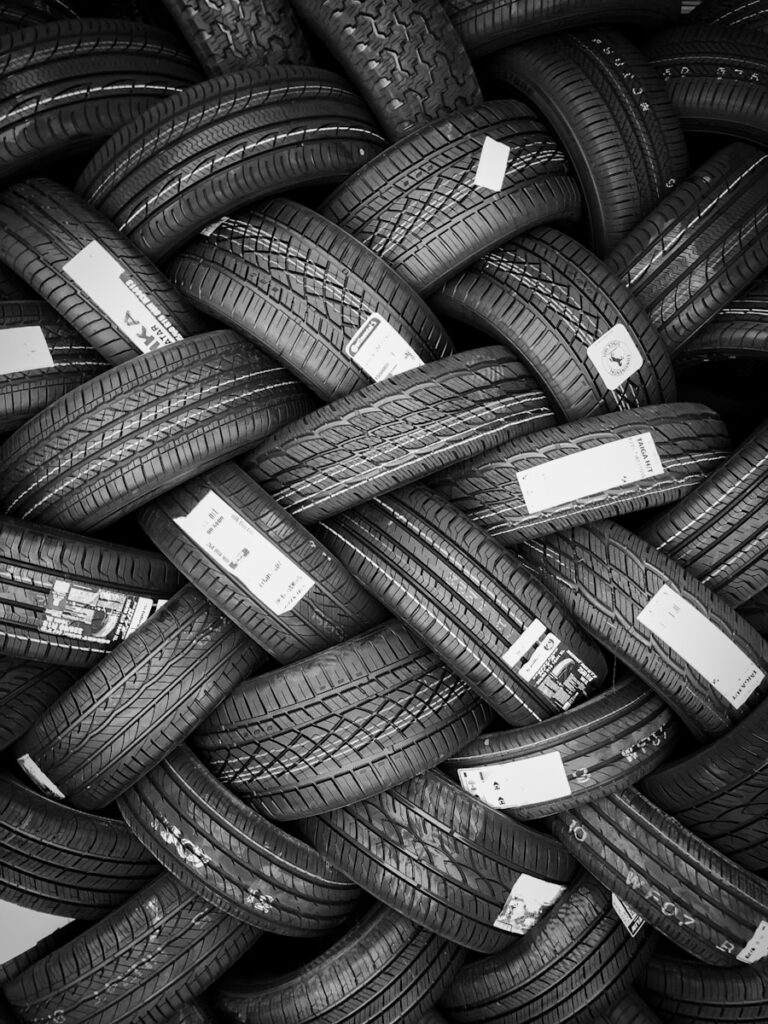
10. **How Exactly Is a Prorated Warranty Claim Calculated, and What Costs Might Still Be My Responsibility?**
When a tire warranty claim results in a prorated adjustment, it signifies that you won’t receive a full refund or a free replacement; instead, the compensation is calculated based on the portion of the tire’s life that was actually used. This system applies if your tires wear out before reaching the mileage guaranteed by the tread life warranty. The manufacturer determines the amount of credit you receive by comparing the amount of tread life you’ve utilized against the total mileage stated in the warranty.
For instance, consider a tire with an 80,000-kilometre warranty that wears out prematurely at 40,000 kilometres. In this scenario, you’ve used 50 percent of the guaranteed tread life. Consequently, you would typically receive a 50 percent credit toward the purchase of a new tire. This calculation ensures that you are compensated fairly for the unused portion of the tire’s expected life, rather than for the tire’s original full cost.
It’s crucial to understand that while the warranty may cover a percentage of the tire’s replacement cost, other expenses generally remain your responsibility. These often include labor charges for mounting and balancing the new tire, installation fees, and any applicable taxes. Some warranties might also stipulate that you must purchase the replacement tire from the same brand or even the same dealer, potentially limiting your flexibility in choosing where and what to buy.

11. **What is a Tire Uniformity Warranty, and When Would I Most Likely Need to Utilize It?**The uniformity warranty is a specialized type of coverage designed to address issues that most drivers will rarely, if ever, encounter. Its primary purpose is to protect consumers from excessive vibration or ride disturbance that stems directly from manufacturing inconsistencies within the tire. These inconsistencies can create an internal weight imbalance or affect the tire’s roundness, leading to noticeable problems in the vehicle’s ride quality.
Issues covered under a uniformity warranty typically manifest immediately after the tires are installed, making them quite obvious to the vehicle’s driver. Because these problems are usually apparent from the outset, most tire manufacturers require the buyer to notify the company within the first 2/32nds of an inch of the tire’s tread wear. This early notification window is critical, as the warranty is generally not intended to cover ride issues that develop much later in the tire’s lifespan.
While many initial uniformity problems might already be covered under a manufacturer’s 30-day special warranty, the dedicated uniformity clause serves as an important safeguard for problems that might arise just beyond that initial trial period. It provides an additional layer of protection against inherent manufacturing flaws that affect ride comfort and vehicle handling, ensuring that consumers receive a product that meets expected quality standards from the moment it’s put into service.

12. **How Can I Maximize the Value of My Tire Warranty and Ensure My Claims Are Successful?**To truly get the most out of your tire warranty, a proactive and informed approach is essential. The first and most crucial step is to diligently follow the maintenance schedule recommended by the tire manufacturer. This includes regular tire rotations, consistent wheel alignments, and frequent pressure checks. Not only do these practices extend the overall life of your tires, but they are also fundamental to keeping your warranty valid and ensuring future claims are not jeopardized.
Equally important is the habit of meticulously documenting all service records. Every time your tires are rotated, balanced, or serviced, insist on receiving a receipt and store these documents in a safe and accessible place. These records are invaluable proof of proper maintenance, and they will be absolutely critical if you ever need to file a warranty claim, providing the necessary evidence to support your case against potential denials.
Beyond routine maintenance, regular visual inspection of your tires is highly recommended. If you happen to notice any uneven wear patterns, unusual bulges, or subtle cracks, have your tires inspected by a professional immediately. Addressing potential problems early can prevent them from escalating into more severe damage, which might otherwise void your warranty. Furthermore, before making any purchase, take the time to carefully read and understand the entire warranty agreement. Knowing precisely what is covered, what is excluded, and what your responsibilities are will save you significant frustration and unexpected costs down the road.
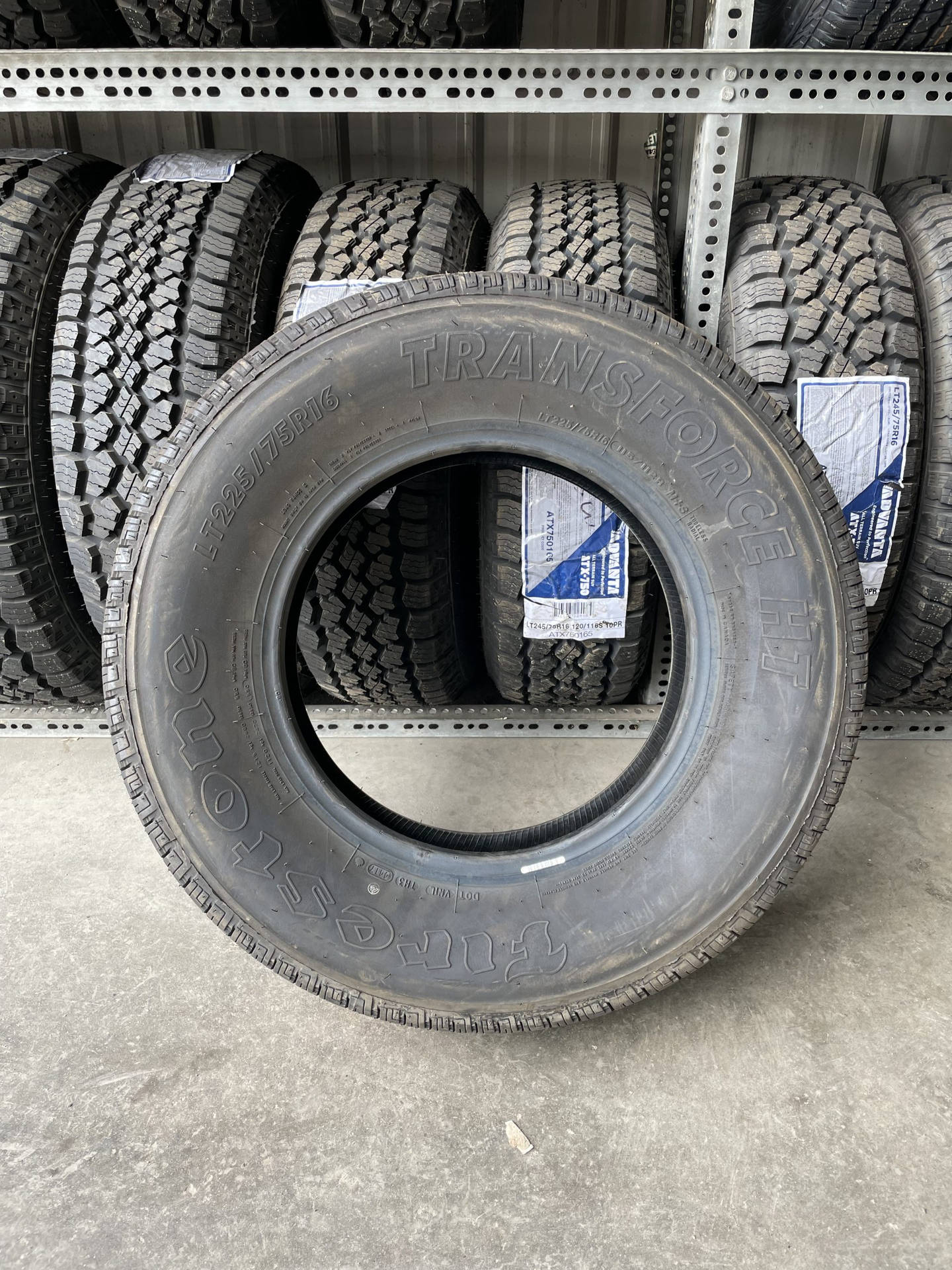
13. **When Are Tire Warranties Truly Worth the Investment for My Driving Habits and Needs?**The decision of whether a tire warranty is a worthwhile investment is not universal; it largely hinges on your individual driving habits, the typical conditions of the roads you frequent, and how consistently you maintain your vehicle. For drivers who accumulate high mileage, especially on well-maintained roads, a tread life warranty can offer considerable financial protection. It acts as a safety net if your tires happen to wear out prematurely, ensuring you receive some compensation for the unexpected loss of tire life.
Conversely, if your daily commute or frequent travels involve encountering rough roads, unexpected debris, or numerous potholes, then an optional road hazard warranty might offer invaluable peace of mind. Even if this specialized coverage comes with an additional upfront cost, the potential savings from an unexpected puncture or impact damage can quickly justify the initial outlay, transforming a major inconvenience into a manageable situation.
However, it’s also important to consider if your personal habits align with the warranty’s structure. If you tend to replace your vehicle frequently, or if you regularly upgrade your tires to different models long before they reach their wear limits, you might find that you don’t fully utilize the benefits of a long-term warranty. In many scenarios, tire warranties function more as a partial safety net, providing prorated credit rather than guaranteed free replacements, a distinction that’s crucial for setting realistic expectations and preventing disappointment.
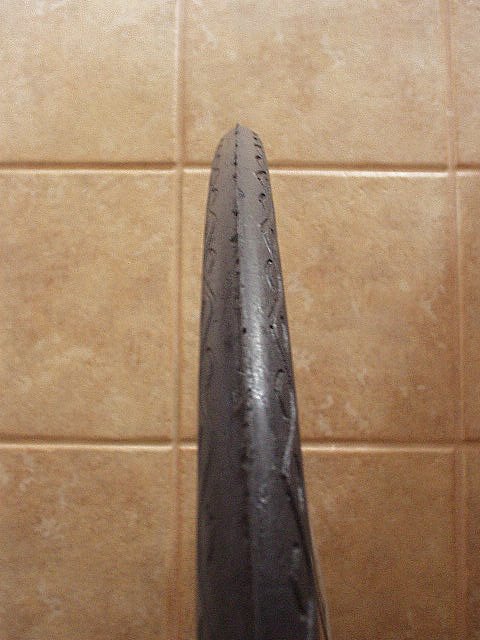
14. **What Defines the ‘Usable Life’ of a Tire, and How Can I Visually Check My Tread Depth?**Defining the ‘usable life’ of a tire goes beyond simply how long it has been on your vehicle; it’s a critical safety and performance metric. Most tire manufacturers and industry standards generally determine a tire’s usable life in one of two ways: either six years from its date of purchase, irrespective of tread wear, or when its tread depth has worn down to a minimum of 2/32nds of an inch. While there isn’t a federal law explicitly regulating tire wear at this depth, it has been widely adopted as the industry standard by most states.
Visually checking your tire’s tread depth is a straightforward process that every driver should know. Tires sold in North America are mandated to include tread-wear indicators. These are small bars of rubber molded into the main grooves of the tire tread, running perpendicular to the direction of the grooves. If the surface of the tire tread has worn down to be level with these indicators, it’s a clear and undeniable sign that your tire has reached its legal limit and must be replaced immediately for safety.
For a quick, at-home check, the “penny method” is a popular and effective technique. Simply insert a penny into a tire groove, upside down, with Abraham Lincoln’s head facing you. If you can see the very top of Lincoln’s head, your tread depth is at or below 2/32nds of an inch, indicating that it’s time for new tires. While the “quarter method,” using George Washington’s head, can measure 4/32nds of an inch, this is generally considered a safety indicator for wet conditions rather than a measure of a fully worn-out tire.
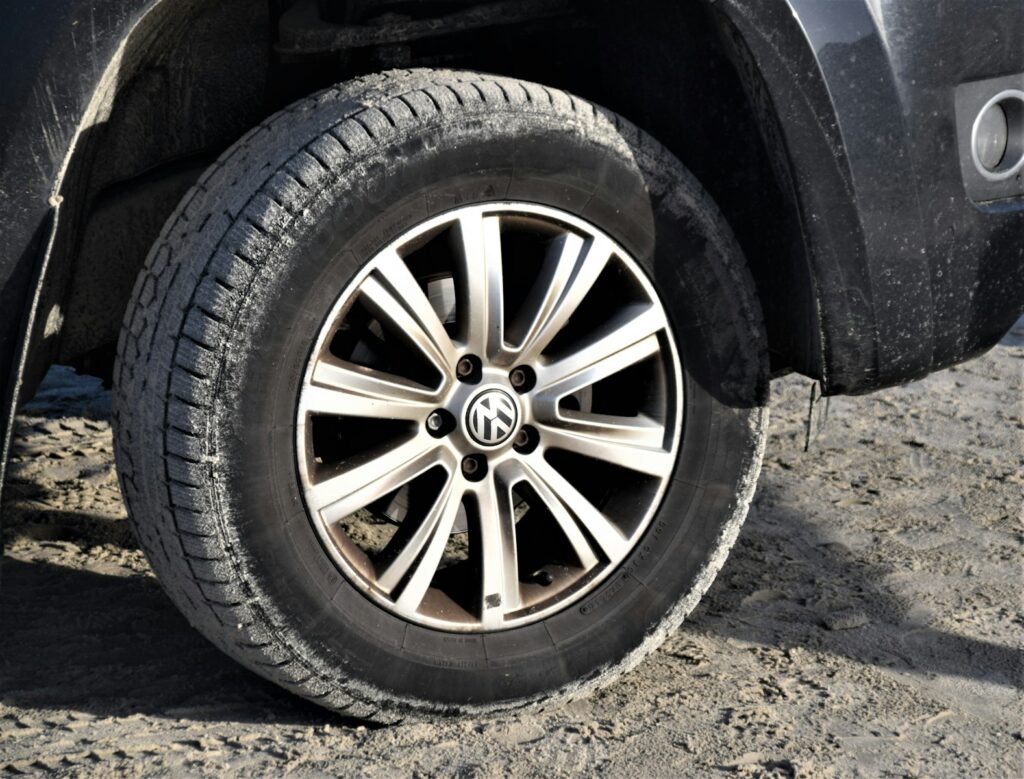
15. **What Steps Should I Follow When I Need to Make a Tire Warranty Claim?**Should you find yourself in a situation where you believe your tire issue is covered by its warranty, initiating a claim involves a clear, systematic process to ensure it is handled efficiently. The very first step is to gather all relevant documentation. This includes your original purchase receipt, the warranty booklet that came with your tires, and any maintenance records you have accumulated. These documents are vital for establishing proof of purchase, verifying the tire’s age, and confirming that proper maintenance practices were followed.
Once you have your paperwork in order, carefully inspect the tire for the specific damage or wear that necessitates the claim. It’s important to understand that certain types of damage, such as uneven wear caused by improper inflation or misalignment, or damage resulting from neglect or abuse, might disqualify your tire from warranty coverage. Being aware of these exclusions beforehand can help manage your expectations and prepare for discussions with the service provider.
Next, you will need to contact either the retailer where you originally purchased the tires or the tire manufacturer directly. Clearly explain the issue you are experiencing and be prepared to provide them with your gathered documentation. They will likely require you to bring the tire in for a professional inspection or evaluation to determine if the problem is indeed a manufacturing defect or covered by road hazard protection. Following their instructions meticulously is key to moving forward.
Finally, once the inspection is complete and the cause of the issue is determined, follow the instructions provided by the retailer or manufacturer to resolve your claim. Depending on the specific terms of your warranty and the nature of the problem, this resolution could involve repairing the tire, receiving a full replacement, or being issued a prorated credit toward the purchase of a new tire. Understanding these potential outcomes will help you navigate the final steps of your warranty claim successfully.
As we conclude this comprehensive look into tire warranties, it’s clear that they are far from a simple promise of free replacements. They are sophisticated agreements designed to offer a partial safety net, provided you, as the driver, uphold certain responsibilities. By asking these crucial questions, understanding the fine print, diligently maintaining your tires, and keeping meticulous records, you transform what can be a confusing maze into a clear path. This knowledge empowers you to make truly informed decisions, maximize the value of your tire investment, and drive with unwavering confidence, knowing you’re well-prepared for whatever the road throws your way. The peace of mind that comes from a well-understood and properly utilized tire warranty is, after all, a priceless commodity on every journey.


